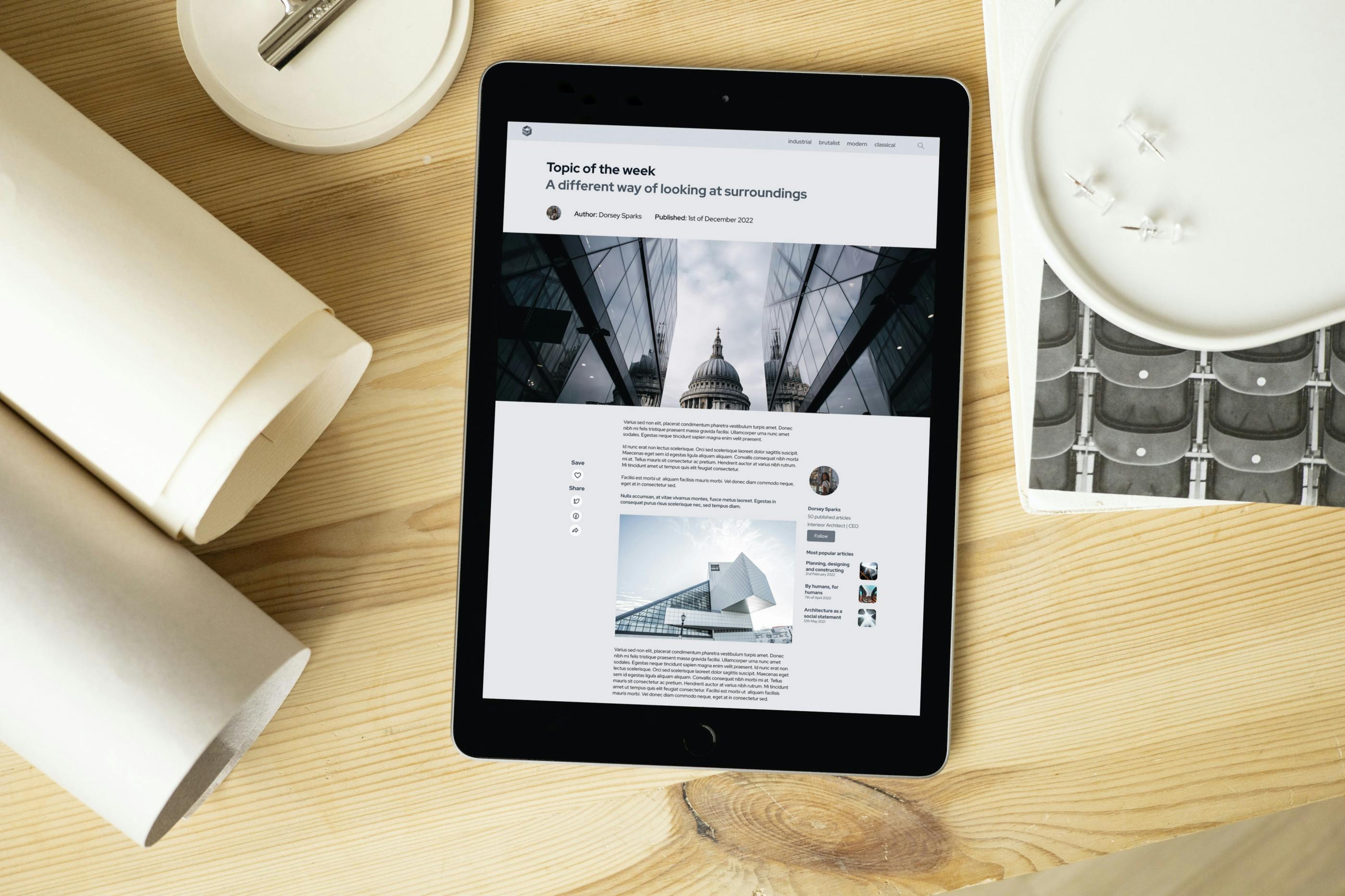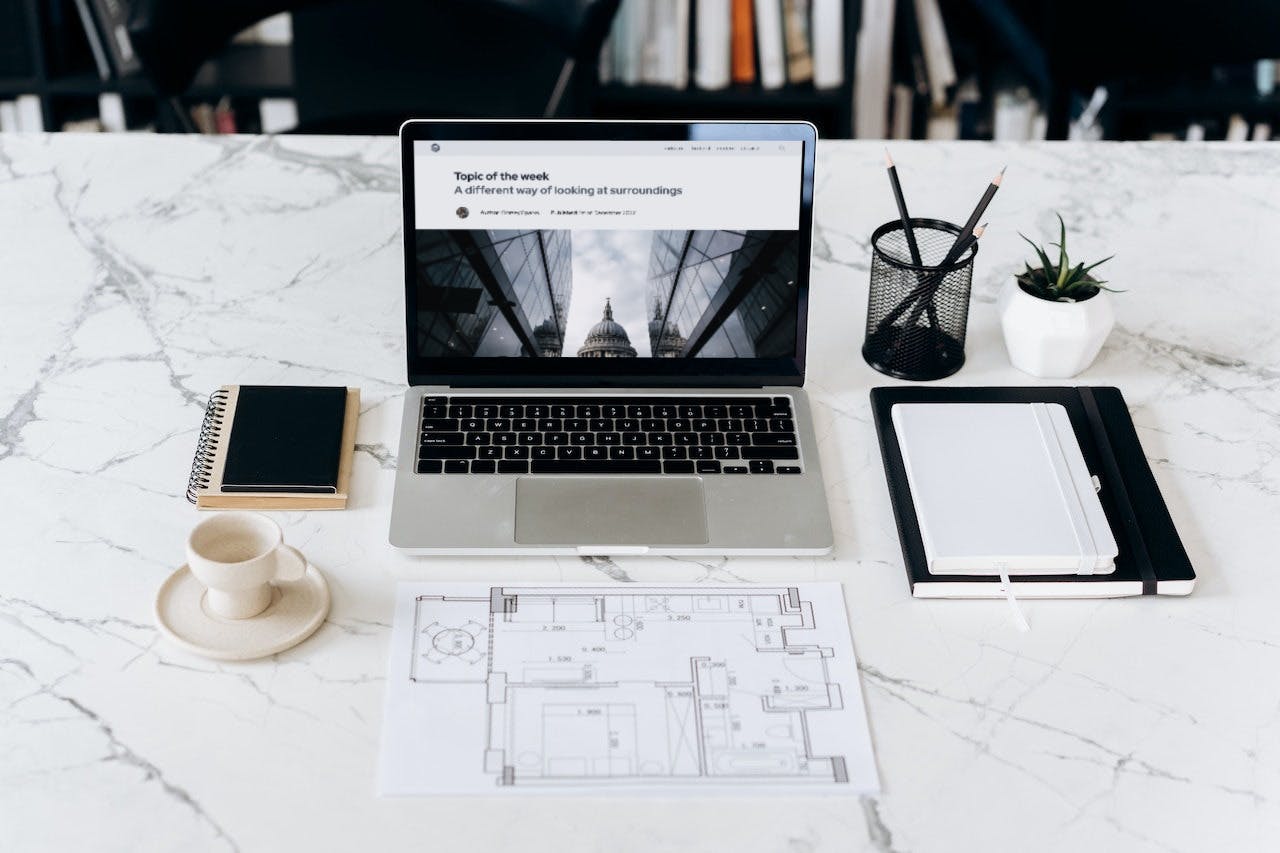Shapespace
My personal design renaissance
Visit Figma prototypeIntroduction
I would consider Shapespace as the project that was created to re-spark my passion for design after fighting a severe case of burnout. The sole purpose of this concept was an aesthetically pleasing blog concept that would facilitate architecture related articles.
Shapespace holds a special place in my heart as it was my first more complex experience with Figma where I could put in to use all the tricks I have learned, but also serves as the measurement of how far has my designer skills developed.

Problem statement
Defining the problem in this case study is somewhat challenging, given the unconventional approach taken during the execution of the Shapespace project, lacking a clear definition of the issue to address. However, upon reflection with my current knowledge, the problem statement emerges as follows:
The existing platforms, including direct competitors, lack in terms of visual appeal, navigational efficiency, and may fall short of meeting evolving user expectations. The primary objective is to create a blog that not only aligns with contemporary design standards, both aesthetically and functionally, but also cultivates engagement and accessibility for users interested in architecture-related content.
This proposal initiative aims to answer usability issues, enhance visual identity, and ensure a seamless, enjoyable experience for readers exploring the captivating world of architecture.

Conclusion
Navigating the challenges of defining the problem in this case study brought clarity to the primary goal of the project. Existing platforms, along with direct competitors, fall short in delivering the visual and navigational experience required for architecture enthusiasts and Shapespace steps in to fill this void.
Long story short, Shapespace represents more than just a blog concept. It serves as a blueprint for my personal transformation—from a burnout graphic designer to a renewed UI designer, transitioning seamlessly from designing for printed output to confidently navigating the digital domain.
